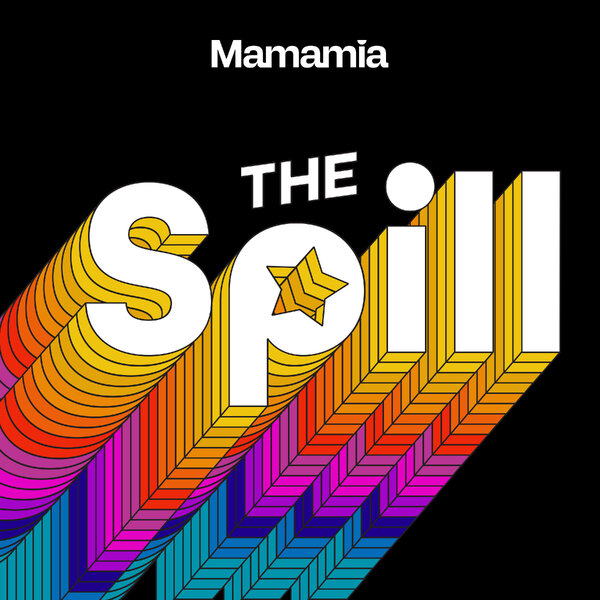If, like me, you’re suffering from a prison series drought (surely Orange is the New Black is returning in June?!), Netflix newbie, Girls Incarcerated, is perhaps the binge you need this weekend.
The eight-part documentary television series provides a rare insight into life behind bars at Madison Juvenile Correctional Facility in Indiana.
The maximum security prison (which reportedly closed last October) is home to 170 adolescent girls who have committed a range of offences including drug possession, breaking and entering, armed robbery, aggravated assault and weapons charges. The girls are referred to as ‘students’ not inmates, and rather than being sentenced to certain length of time, most are a sentenced to complete a program that encourages them to become a better person.
Students are educated while at Madison, supported by staff who truly care about their wellbeing, and family are welcome to visit at any time. Nevertheless, the girls are surrounded by high, barb-wired fences that remind them of their less than peachy reality.
Although things are much tamer at Madison than at OITNB’s Litchfield Penitentiary, Girls Incarcerated isn’t without drama. The girls threaten one another, form alliances and “run their mouths.” Tough facades come crumbling down and fears and vulnerabilities are brought to light.
While the majority of students remain anonymous, their faces respectfully blurred, a handful of young girls and their families bravely front the cameras.
One of which is 17-year-old Brianna Guerra, who has been in and out of prison for the past four years. A self-confessed “bad girl,” who deep down just wants to make her family proud.






























































































